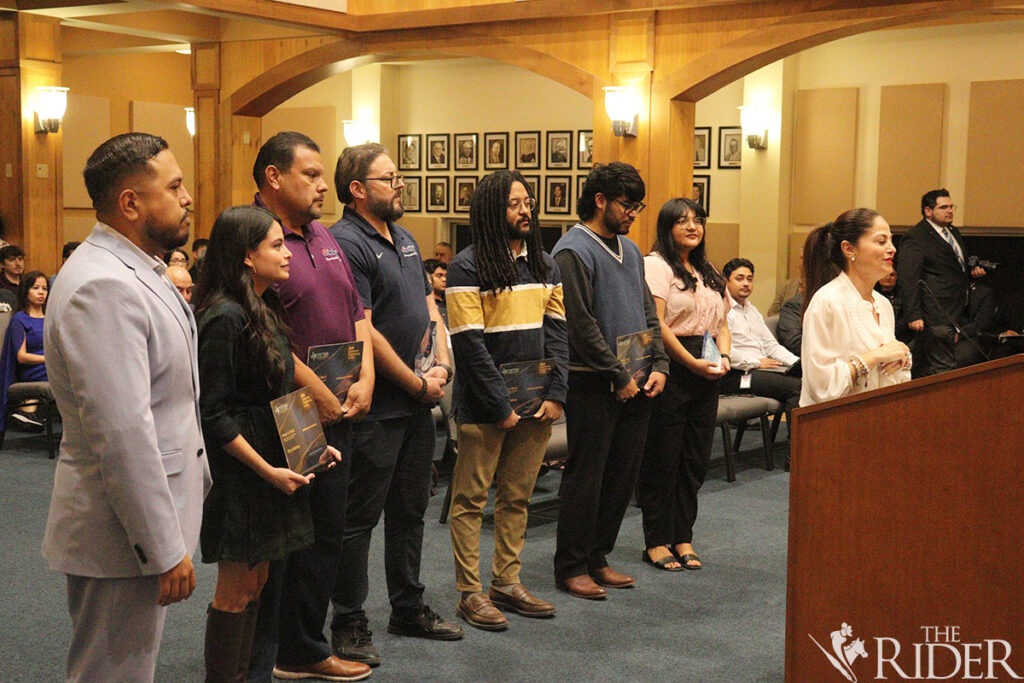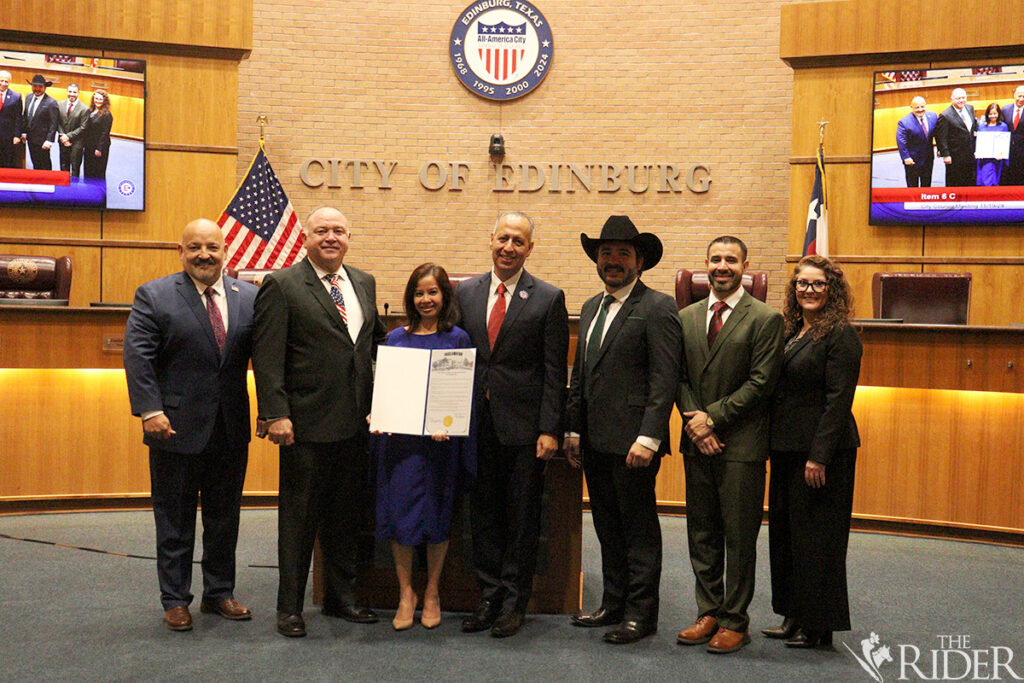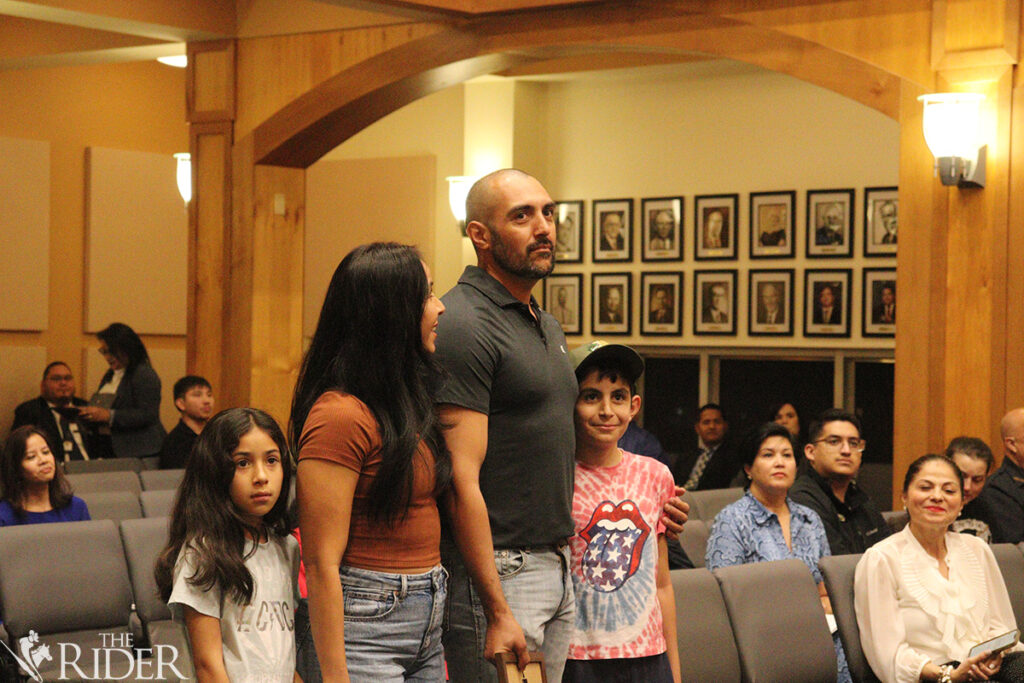
The Edinburg City Council on Tuesday approved amending an ordinance that sets penalties for BYOB establishments that serve alcohol and allow consumption after 2:15 a.m.
The amendment to the Code of Ordinances added subsection H to Title XI: Business Regulations, Chapter 110 Alcoholic Beverages, Section 110.11 Bring Your Own Beverage Establishments.
“The addition of this provision just allows for the city to enforce that; it is the enforcement mechanism for that ordinance,” City Attorney Josephine Ramirez-Solis said. “The penalty that’s established by our code is $500, which is the fine, as well as it’s a class C misdemeanor.”
Chief of Police Jaime Ayala said the amendment has to do with BYOB establishments that operate after hours.
“The law is for permitted locations where they have to quit serving or quit allowing people to consume at 2:15 [a.m.],” Ayala said. “We’re currently monitoring establishments that we are aware are BYOB, but now we are going to be able to enforce and cite. We will be able to make sure that they’re not open after hours.”
In other business, the council awarded a contract in the amount of $385,847.56 to GDJ Engineering that will allow for professional services for Freddy Gonzalez Drive improvements.
“That is a project that is the furthest up on the [Rio Grande Valley Metropolitan Planning Organization] getting construction funding,” City Engineer Mardoqueo Hinojosa said. “It would be adding an additional lane, so this is to get the environmental process and the schematic process out of the way. So later, they might come in for the actual construction plan.”
Mayor Ramiro Garza Jr. said the city has talked about including the area east of the expressway to Raul Longoria Road.

“We would need to modify it with the RGV MPO and see if they’ll allow the funding for that portion,” Hinojosa said.
The council proclaimed November as Children’s Grief Awareness Month.
“We extend our heartfelt gratitude for this proclamation recognizing November as Children’s Grief Awareness Month and Nov. 21 as Children’s [Grief] Awareness Day,” said Noelynn Llasos, the administrative manager for the Children’s Bereavement Center Rio Grande Valley. “Our mission is to provide a compassionate and safe space where young people can process their grief, connect with others who understand their journey and rediscover their hope.”
Llasos said the center offers support groups, counseling and outreach programs that allow children and their families to “navigate one of life’s most profound challenges.”
“This proclamation is more than words on paper; it is a beacon of support for everyday children and families in our community,” she said. “It highlights their unique needs to raise awareness and reminds us all of the importance of standing together to provide understanding and healing.”
Llasos invited the council and the community to join the center’s candlelight vigil at 6:30 p.m. Thursday at their McAllen center, located at 104 S. 12th St.
The city recognized Eric R. Martinez, an equipment operator, as Employee of the Month for October 2024.
“Eric has been one of our equipment operators for eight years now,” said Vincent Romero, director of Public Works. “He’s the kind of person who can build a great team around, whether it’s taking on challenges with unwavering determination, mentoring others or simply showing up every day with a positive attitude. Eric represents all his fellow employees who work tirelessly every day to get the job done.”
Martinez became emotional when he shared a story about his grandfather and the life lesson he taught him.
“‘Ayúdale a otros porque tú quieres’; help others because you want to help them, not because you feel obligated to,” he said. “I’m blessed to have my bosses, my upper management, who advocate for us every day [and] get us the equipment that we need to do our job.”






